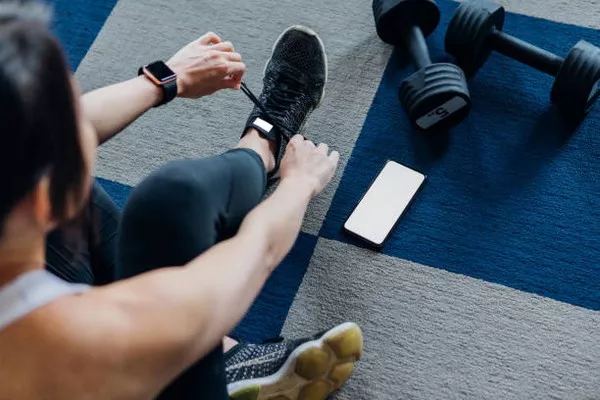Foot fitness is often overlooked in discussions about overall health, despite its crucial role in supporting our daily activities. Our feet provide cushioning, stability, and mobility, making their care vital. As 2024 emphasizes a holistic approach to health, integrating foot exercises into your routine can prevent issues and aid recovery from injuries. Here’s a comprehensive guide to maintaining and improving foot health through targeted exercises.
The Importance of Regular Foot Exercises
Regular foot exercises are essential for preventing common issues such as plantar fasciitis. Warming up before and cooling down after exercise are key practices, especially following vigorous activities like running or walking. Incorporating a soothing foot massage post-exercise enhances muscle relaxation and blood circulation.
Top Foot Exercises for 2024
Toe Spreading and Curling
Toe spreading and curling is a fundamental exercise for strengthening the muscles that support your toes and arches. This exercise can help prevent and rehabilitate conditions like hammertoes, bunions, and plantar fasciitis. To perform, sit comfortably with your feet flat on the floor. Curl your toes under your foot as if trying to grasp a small object, hold briefly, then spread your toes wide. Repeat this movement ten to fifteen times for each foot. This simple exercise, recommended by experts such as ModPod Podiatry, requires no special equipment and is ideal for everyone.
Ankle Pumps for Flexibility
The ankle pump is an effective exercise for enhancing ankle flexibility in both upward and downward directions. Lift your foot off the ground and flex your toes towards your shin, then towards the floor. This exercise engages the full range of motion of the feet and ankles, contributing to a well-rounded foot fitness routine.
Stretching for Recovery
Stretching is crucial for muscle recovery after exercise. Position yourself at a 45-degree angle to a wall, with your feet elevated off the floor. This full-body stretch aids in the recovery of your feet and ankles, promoting relaxation and healing.
Assisted Toe Raises
Toe raises can be challenging, especially when starting out. To ease into this exercise, place your unaffected foot on top of the one you’re working on. Lift the affected foot off the ground, moving slowly and deliberately. Perform ten repetitions, focusing on controlled movements to stimulate neuroplasticity and aid in brain rewiring.
Eccentric Toe Raises
Eccentric exercises, such as the “negative” toe raise, emphasize the lowering phase of the movement. Start with your foot bent at the knee, as in the toe raise exercise, and lower it slowly. This exercise requires precise control and should be done ten times for each foot, enhancing strength and flexibility.
Tennis Ball Roll
Rolling your foot on a hard surface, like a tennis ball, can alleviate discomfort from ankle issues and plantar fasciitis. Sit with a straight back and place a tennis ball under your foot. Gently roll the ball across the sole of your foot, adjusting the pressure as needed. Roll each foot for two minutes. Alternatively, a frozen water bottle can be used if tennis balls are unavailable.
Achilles Tendon Stretch
Maintaining flexibility in the Achilles tendon is essential for preventing pain in the feet, ankles, and legs. Stand facing a wall with your palms against it and arms extended. Keep one leg straight and positioned behind you while bending the knee of the other leg. Ensure both feet remain flat on the ground and lean forward to stretch the Achilles tendon and calf muscles. Hold the stretch for 30 seconds and repeat three times on each leg.
Conclusion
Prioritizing foot fitness is crucial for injury prevention and overall well-being. Incorporate exercises such as calf raises, ankle circles, toe curls, marble pickups, and towel scrunches into your routine to build foot stability, flexibility, and strength. These exercises will help you maintain healthy, pain-free feet throughout 2024. For personalized advice and to ensure these exercises meet your specific needs, consult with a healthcare provider or podiatrist, like those at ModPod Podiatry.


